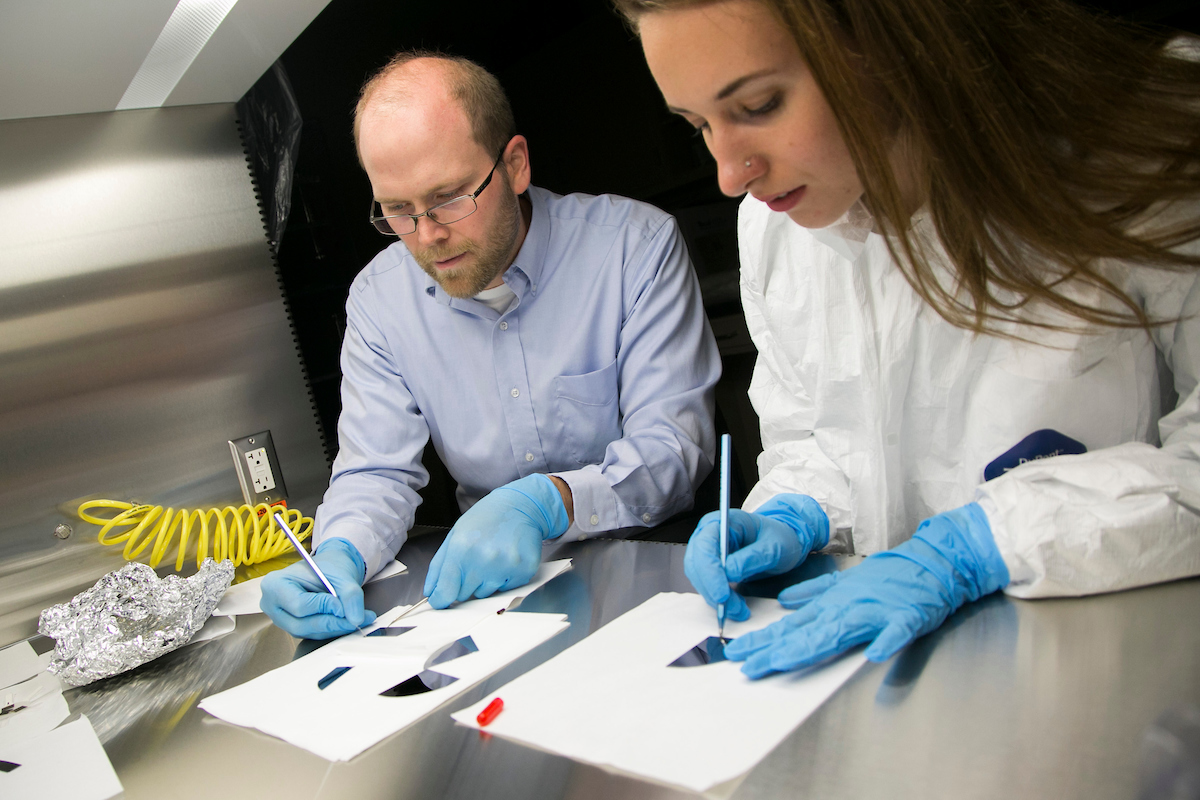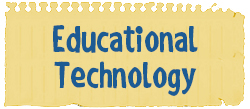TEACHING IN THE LAB

A laboratory offers a unique hands-on learning environment to help students make connections between theory and practice within a discipline. Learning can take place in course-based or faculty research laboratories. Instructors may be primary course instructors, other faculty, or TAs. In the lab, instructors engage in a variety of activities from pre-lab lectures, facilitating interactions with instruments, supervising group work, monitoring safety, providing in-the-lab feedback and grading student work. Lab environments require many different forms of instruction to guide students through underlying concepts and the logistics of carrying out experiments.
Tips for Teaching in Your Research Laboratory
Tips for Teaching Science Laboratories:
Prepare for the semester by clarifying procedures, roles and responsibilities.
- Create a lab syllabus to communicate to students the course expectations and structure. Clarify what is being asked of students and what to expect from the course and instructor(s). Determine polices for attendance and lateness ahead of time to save you time later on. See an example lab syllabus (University of Michigan).
- Clarify roles of instructors in the course & lab: What is the role of TAs in this lab? Should TAs attend lectures? Will TAs be provided with lesson plans / laboratory exercises or are they expected to develop their own? Who will guide the grading of student work? If there are different graders, how will grading be standardized?
- Integrate lab activities with other components of the curriculum. For advice see – Teaching Challenge: Coordinating Labs and Recitations (Tufts)
Designing Lab Sessions
- Before you design the lab, articulate what students are supposed to learn and why. You can incorporate a way to share the learning goals with the students. Connect the lab to the course learning goals. If relevant, meet with the faculty teaching the lecture or recitation component of the course to better understand the expectations of the lab and how it fits into the broader course goals.
- As you plan for the lab, consider how to integrate theory and practice for the students.
- Create a pre-lab assignment to help students understand the principles addressed in the lab and how they relate to the broader objectives of the course.
- Design an introductory lesson that connects concepts in the course lecture and pre-lab assignment to the day’s experiment.
- Summarize the major points of the exercise and key connections to the learning activities at the end of the laboratory period.
- Design questions that prompt student discussion (e.g. “What do you understand from X?” rather than “Do you have any questions?”). Guiding questions can encourage students to think one step further, consider the relationship between the activities and the lab’s goals or keep them heading in the right direction.
Running a lab session

Labs in different disciplines vary a great deal, but all require organization and a flow of instruction. You can use the Modules tool in Canvas to organize lab activities. Learn more here . . .
- Step through activities which support student learning before, during, and after the lab sessions. See: Teaching Laboratory Classes (Vanderbilt)
- Be clear and consistent with safety practices to create a safe, learner-centered environment. Consider what safety policies your students should be familiar with. Research the procedures and policies in your department and institution.
- Review the lab methods thoroughly to help students with both logistical and procedural questions. Outlining lab logistics can help the students focus on the experiment’s goals and get them thinking about subsequent interpretations and data analysis.
Provide useful feedback to students
- Identify your grading criteria (e.g., create a rubric) and provide it to students to refer to as they create their lab report. This can also provide a reference later should the student have questions about their grade. See example lab report rubrics:
- Sample Laboratory Report Rubrics (University of Michigan)
- Engineering (North Carolina State)
- Excel Grading Rubrics (North Carolina State)
- Consider both the content (e.g., data, results, interpretations, conclusions) and the form (presentations, organization, graphs, clarity of writing) as you develop your assessment criteria. Decide how to weight the student’s analysis and interpretations of the results (identification of patterns or contradictions, specific, plausible and well supported explanations for their results) vs. the student obtaining the “right answer”.
- Best Practices for Grading Laboratory Reports (University of Michigan)
SEE ALSO
A guide for TAs: Facilitating Laboratory Sections (Berkeley)
Group Work
Learning Spaces
